A line of credit for real estate investing lets you leverage property equity to fund acquisitions or improvements with flexibility. You’ll access funds through single-property or portfolio lines, often with interest-only draw periods and competitive rates starting as low as 0% initially. This option offers faster access than traditional loans, improving cash flow and purchasing power. Understanding its structure and strategic use can greatly enhance your investment potential. Explore further to uncover its full benefits and applications.
Key Takeaways
- Access funds for acquisitions or improvements by leveraging property equity with flexible Investment Lines of Credit (ILOCs).
- Enjoy interest-only payments during the 10-year draw period, followed by a 20-year repayment schedule for better cash flow management.
- Secure competitive interest rates starting at Prime plus 1%, with promotional rates as low as 0% for initial periods.
- No income verification required; qualify with a credit score of 700+ and an active US business entity.
- Compare ILOCs to traditional loans for lower rates, flexible repayment, and quick access to funds without asset liquidation.
Understanding Line of Credit for Real Estate Investing
If you’re exploring ways to fund real estate investments, an Investment Line of Credit (ILOC) offers flexible financing by leveraging property equity. As a real estate investor, you can access funds through Investment Property Lines or a Portfolio Line, using the equity in individual properties or your entire portfolio. These financing options function similarly to an Equity Line of Credit, providing liquidity for acquisitions or improvements. Terms of Credit vary: single property lines typically feature a 10-year interest-only draw period followed by a 20-year repayment schedule, while portfolio lines often have shorter terms of 18 to 24 months. Interest rates generally start at the Prime Rate plus 1%, though some lines offer promotional rates as low as 0% for the first 6-12 months. This flexibility allows you to manage cash flow effectively, but it requires careful planning to mitigate risks like property value fluctuations. ILOCs are accessible to a range of investors, provided you have a legal U.S. entity with a Tax ID. Utilizing a home equity loan can also provide similar financing benefits for investment properties.
Types of Real Estate Investor Lines of Credit
Real estate investors seeking flexible financing can choose from several types of lines of credit, each tailored to different needs and circumstances. Individual property lines of credit allow you to leverage equity from a single asset, typically featuring a 10-year draw period. Portfolio lines of credit, on the other hand, let you borrow against your entire property portfolio, often requiring a strong financial track record. Investment lines of credit and equity lines of credit offer usage flexibility, enabling you to fund acquisitions, renovations, or down payments. Credit limits vary widely, ranging from $10,000 to $50 million, depending on your equity and financial standing. Interest rates can start as low as 0% for an introductory period, then shift to competitive rates beginning at 8.99%. Private lenders often provide fast approval and funding, making them ideal for time-sensitive real estate investments.
- Individual Property LOC: Leverage equity from one asset
- Portfolio Line: Borrow against your entire property portfolio
- Usage Flexibility: Fund acquisitions, renovations, or down payments
- Credit Limits: Range from $10,000 to $50 million
Benefits of Using a Line of Credit for Real Estate Investments

While traditional financing methods can limit your flexibility, using a line of credit for real estate investments opens up immediate access to funds without requiring asset liquidation. By leveraging the equity in your portfolio, you can secure a Line of Credit tailored to your investment strategy, enhancing purchasing power for new acquisitions or property improvements. With interest rates often starting at Prime Rate + 1%, this financing option is cost-effective compared to conventional loans. Longer repayment schedules, such as 20 years for individual property LOCs, improve cash flow management by spreading out expenses. Pre-approved funds allow you to act swiftly in competitive markets, increasing your chances of securing desirable properties. This flexibility guarantees you can capitalize on opportunities without disrupting your portfolio’s financial balance. A Line of Credit not only diversifies your financing options but also strengthens your ability to scale real estate investments efficiently. Unlike hard money loans, a line of credit offers more flexibility and lower interest rates, making it a better option for long-term real estate investment strategies.
How to Qualify for a Real Estate Investor Line of Credit
To qualify, you’ll need an active US business entity with a Tax ID number and a minimum credit score of 700. No income verification or financial documentation is required, but you must guarantee your business has been operational for at least one day. Loan amounts typically range from $10,000 to $250,000, with introductory interest rates starting at 0%.
Eligibility Requirements Overview
If you’re considering a line of credit for real estate investing, you’ll need to meet specific eligibility criteria. Real estate investors and business owners can access Property Lines of Credit for short-term financing, but certain requirements must be met. Your credit score plays a significant role, with a minimum of 400 needed for approval. If your credit score falls between 400 and 699, you’ll require a co-signer with a score of 700 or higher. The business must also be an active legal entity in the U.S., such as an LLC, Corporation, or Partnership, with a Tax ID. Here’s a quick breakdown of key points:
- Minimum credit score: 400
- Co-signer required for scores 400–699
- Active U.S. legal entity with Tax ID
- No income verification or financial documentation required
Meeting these criteria guarantees you’re well-positioned to secure financing for investment properties.
Application Process Essentials
Though obtaining a Real Estate Investor Line of Credit is streamlined, understanding the application process essentials guarantees you’re prepared to qualify efficiently. Start by ensuring your business is an active legal entity with a Tax ID, such as an LLC or Corporation. Complete the Real Estate Investor Pre-Approval Form, which you can initiate via email or phone for quick pre-approval. If your credit score is between 400 and 699, secure a co-signer with a 700+ credit score to meet business financing criteria. The application process is designed for speed, offering access to property loans ranging from $10,000 to $250,000 with no upfront fees. Since the Line of Credit doesn’t report to your personal credit report, it’s a strategic tool for real estate investors seeking flexibility.
Comparing Lines of Credit With Other Financing Options

Comparing lines of credit to other financing options highlights their lower interest rates compared to hard money loans and personal loans, offering a cost-effective solution. You’ll also find that repayment schedules are more flexible, with options like interest-only periods extending up to ten years. This makes managing cash flow easier than with short-term or lump-sum repayment structures.
Interest Rate Comparisons
While Investment Lines of Credit (ILOCs) often start with a 0% introductory rate for 6-12 months, they typically settle around 8.99%, which can be lower than traditional loans in a rising interest rate environment. Compared to hard money loans, which often range from 10% to 15%, ILOCs provide a more cost-effective solution for real estate professionals. A Portfolio LOC leverages your entire investment portfolio, offering competitive rates compared to personal loans that can exceed 10%. Additionally, an investment property line provides flexible drawing, allowing you to manage interest costs by only paying on the amount you use. Seller financing can also offer flexible terms, making it an attractive alternative to traditional loans in competitive markets.
- ILOC rates are often lower than hard money loans.
- Portfolio LOCs offer better rates than personal loans.
- Flexible drawing minimizes interest expenses.
- Introductory 0% rates help reduce initial costs.
Repayment Flexibility Analysis
Investment Lines of Credit (ILOCs) stand out for their repayment flexibility, especially when contrasted with other financing options. With a repayment period spanning up to 20 years, ILOCs provide longer terms than traditional loans, easing pressure on your investment strategy. You can make interest-only payments during the draw period, which enhances cash flow management during critical phases like renovations. Unlike fixed monthly payments of conventional loans, you only draw what you need, reducing overall repayment amounts. Favorable interest rates, often starting at Prime plus 1%, make ILOCs more viable than personal loans or credit cards. Additionally, quick access to funds without extensive paperwork allows for agile decision-making, a rare feature in traditional financing. This combination of flexibility and efficiency positions ILOCs as a powerful tool for real estate investors. For investors needing rapid funding earnest money deposits, Gator lending offers same-day access, complementing the strategic use of ILOCs in competitive markets.
Strategies for Maximizing Your Line of Credit
To effectively maximize your line of credit for real estate investing, it is crucial to tailor the financing strategy to your specific goals. Start by evaluating your investment timeline and choosing a line of credit with a longer draw period to fund multiple fix-and-flip projects. Align the terms with your investment goals, ensuring flexibility and optimization of interest rates for cost efficiency. Leverage your line of credit wisely, such as using it for down payments on hard money loans, but prioritize risk management. Additionally, capitalize on potential tax deductions for interest paid, as this can enhance your overall returns. Consider gator lending for immediate funding needs, especially in competitive markets.
- Match terms to investment goals: Choose a line of credit that aligns with your real estate strategy.
- Optimize interest rates: Compare options to reduce costs over time.
- Leverage strategically: Use funds as down payments to amplify returns.
- Claim tax deductions: Take advantage of interest deductions to improve profitability.
Common Pitfalls to Avoid When Using a Line of Credit

Effectively leveraging a line of credit requires not just strategic planning but also vigilance against common mistakes. One key pitfall is failing to set a clear budget, which can lead to overspending and unsustainable debt. Investors must also avoid overdrawing during market downturns, as reduced property values and unpredictable market conditions can limit access to funds. Be mindful of variable interest rates, which can cause fluctuating monthly payments and strain your financial planning. Additionally, make certain you understand the restrictions on how you can use the funds, as misalignment with your investment strategy can hinder progress. Finally, maintain strong credit scores, as scores below 700 can restrict access to portfolio lines of credit, limiting future financing options. Always structure the deal carefully, ensuring that the terms protect your investment while attracting buyers.
| Pitfall | Impact | Mitigation |
|---|---|---|
| No budget | Overspending, debt accumulation | Create a detailed budget |
| Overdrawing in downturns | Reduced credit access, default risk | Monitor market conditions |
| Variable interest | Unpredictable payments | Plan for rate fluctuations |
Conclusion
Using a line of credit for real estate investing can feel like revealing the secret to infinite financial flexibility. It empowers you to seize opportunities faster than lightning and manage cash flow with surgical precision. However, balance is key—overextending can lead to disaster. Compare it with other financing options to guarantee it’s the perfect fit for your strategy. With discipline and smart planning, a line of credit can elevate your investments to astronomical heights.




